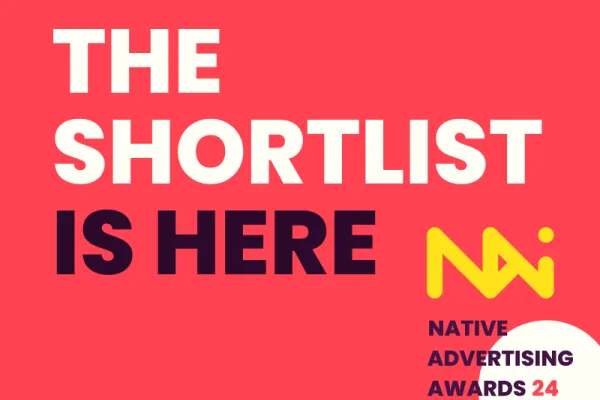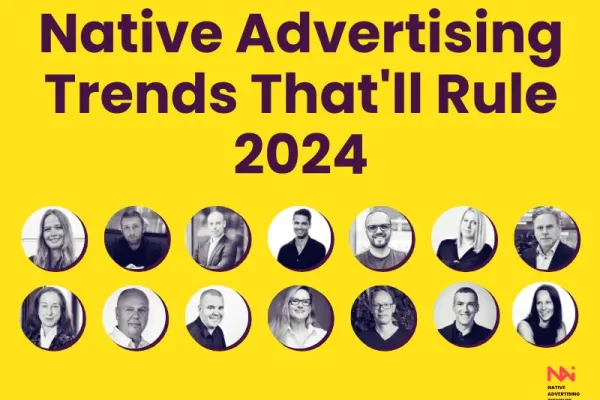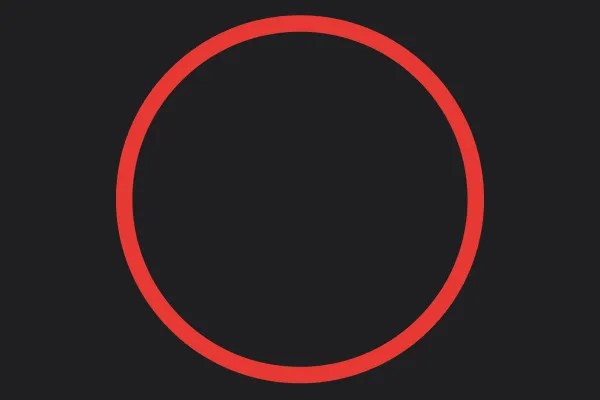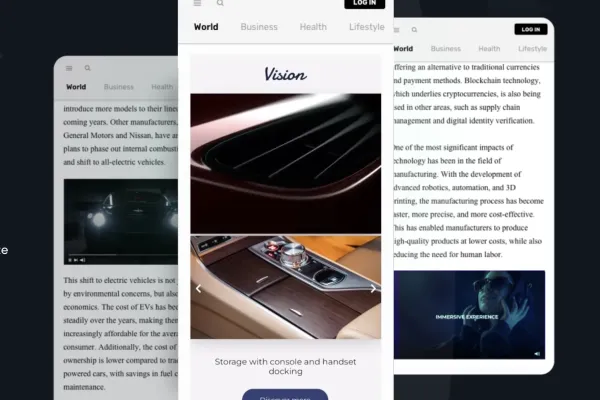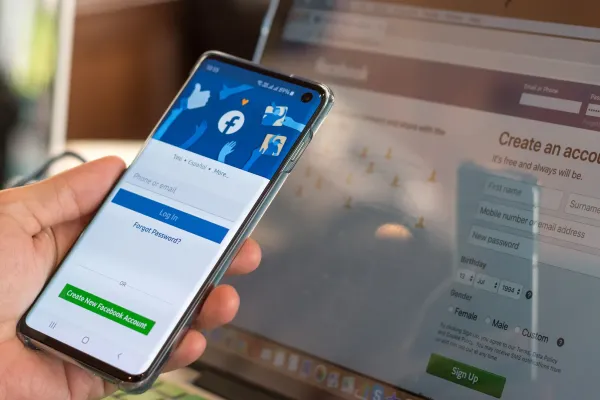Both being paid media, the lines between paid PR and native advertising often tend to blur. But because each has different implications for the narrative style, voice, formats and impact, it is important to draw a distinction between the two and also be able to tell one from the other.
In more nascent markets like India, where publishers are embarking on a native content strategy and gearing up for a steady stream of deals, one notices an unspoken war between paid PR and native ads, which is quite unnecessary, and we'll see why.
Before we go any further, it would help to take a step back and be clear on what each of these types of channels are really all about: Traditional PR, Paid PR and Native Advertising.
Traditional PR, Paid PR and Native advertising
What is traditional PR?
Traditional PR, or Public Relations, refers to the long-established practices of managing and maintaining a positive public image for an individual, organization, or brand. This typically involves the use of traditional media channels such as newspapers, magazines, radio, and television to disseminate information, shape public perceptions, and build relationships with the target audience.
Traditional PR activities include press releases, media outreach, event sponsorships, and other strategies aimed at gaining positive coverage and managing the reputation of the entity in the eyes of the public.
The old-fashioned public relations is all about relationships built by PR agencies with unbiased influencers, aka, journalists.
As a young PR executive which is how I began my career, I used to craft press releases, placed articles and pitches for the benefit of journalists and engage with them to disseminate client information in the right circles.
RELATED: Content Creation and Distribution: Can't Have One Without the Other
If a client won a favorable story, my job was done because a credible, unbiased source of news and information was vouching for the client's product or service. This is earned coverage in the true sense and is worth much more than blowing your own trumpet.
Remember, however, that traditional PR does come with a lot of risks. It is, ultimately, up to the journalist to glean what they can from all the available information. So, often times, a negative story or mention may raise its ugly head.
What is Paid PR?
Paid PR essentially means that you are paying for a mention in the press, where as with traditional PR the mention is achieved solely through the great story you are pitching to the media.
Unlike traditional PR, with paid PR you can exercise greater control over the content that is carried about your brand. How? Well, you pay for it. The lack of control afforded by traditional PR led to the advent of paid PR over time.
Very often the content for paid PR is created by the PR agency and shared with a publication. But the content may also be created by the publisher (by the native advertising team) based on a brief. It is important to call out such content and declare it as a paid post to ensure that readers know they are consuming paid content and not editorial content.
With paid PR you naturally secure a favorable mention and attention to the brand and quell the possibility of negative publicity.
And how does native fit into all of this?
Branded content or sponsored content which takes the form and function of its media environment is called native advertising.
This type of content is the most flexible in terms of formats and tone/ voice and requires a deeper collaboration between the publisher and the brand to tell a story that offers real value and insight or is as engaging (if not more) as any piece of editorial content.
RELATED: Native Advertising Is Growing at Record-Breaking Pace All Over the World
By definition, native content and sponsored content are called out or labelled in publications.
It is important to note that while paid PR and native content portray brands favourably by virtue of the fact that they are paid for content, neither should be misleading in - a) the information and details they provide because this will eventually erode the credibility of the publication, and b) calling out paid media as paid to maintain the publication's credibility.
More importantly, it is necessary to ensure that content looks, feels and reads homogenous to the platform. This is where native advertising came in.
What is the difference between paid PR and native content?
It's almost as if these different forms of content were born out of the need for establishing control over the content and what is said about a brand.
Traditional PR which offers the least control over content and is the most inflexible in terms of format led to PR agencies creating paid content. With paid PR, clients have greater control over what is said about them.
Formats, however, are still limited to articles, authored stories, in site and social media coverage, etc.
RELATED: More Publishers Let Their Editorial Team Produce Native Advertising
As PR agencies took on the mantle of creating content for brands, publishers felt the need to step in and control the quality of the narrative and the content. After all, they can't remain at the mercy of the PR agency.
More importantly, it is necessary to ensure that content looks, feels and reads homogenous to the platform. This is where native advertising came in.
While traditional PR is the most organic, offers the least control on content and is most inflexible in terms of voice and formats, native advertising is at the other end of the spectrum. It offers the greatest flexibility in terms of formats - native advertising may include microsites, infographics, videos, web series, blog style articles written in first person or traditional articles, interviews and much more.
Paid PR is somewhat more limited than native advertising in terms of its format and voice
How to tell paid PR from a native content piece
Paid PR is somewhat more limited than native advertising in terms of its format and voice. It is often in the nature of coverage for an event, a review of a video released by a brand or an article that talks about the product promise.
Native advertising often tells a larger story which features a brand contextually. For example, an apparel brand targeting 25-35 year old women can benefit from a tailor-made campaign that talks about body positivity and embracing yourself.
RELATED: The ultimate guide to native advertising
Apparel can then be positioned as clothes that are a celebration of who you are and your personality. A customised native campaign such as this may include videos, vox pops, style tips by influencers, etc. While paid PR would create positive coverage for events or content pieces such as videos, native content would go a step further and create the videos (or other formats).
One also often sees that paid PR involves piecemeal stories and coverage which are part of a larger campaign. Native content, on the other hand, can be a complete digital campaign in itself that extends into other media such as the social media handles of the publisher and the client.
Here, we would see more than just cross-posting of stories (as is often the case with paid PR). We might be looking at popularizing hashtags, structuring online contests or building other engagement campaigns like polls, etc. Native campaigns can also be extended on-ground unlike paid PR.
The paid PR versus native content discourse only arises when there is a need to control the content quality and the narrative.
The unspoken war between paid PR and native content - where does it come from?
It is understandable that paid PR is a stepping stone to native content in a nascent market. Clearly, native content is much more advanced and requires a publisher to build distinct in-house capacities, be it in the form of dedicated personnel or technologies.
When you actually see this distinction, there is no reason for one to compete with the other. The paid PR versus native content discourse only arises when there is a need to control the content quality and the narrative.
RELATED: How to Leverage Micro-Influencers to Expand Reach and Improve SEO
With paid PR, a client naturally exercises more control on the content because a part of the content is created by the client either in-house or with a creative agency.
Native content requires a client to pass on the reigns to a publisher simply because a publisher is already used to creating videos, explainers or any other format of content that blends seamlessly within the publishing platform's environment. Native content does require ceding control.
To build compelling native content the client needs to build a bond of trust with a publisher. The payoff is content that is truly native and hence more impactful, and the opening up of new possibilities in terms of formats to play with. In fact, paid PR may often not even be native to the content platform.
Both native content and paid PR have their own places in content strategy and this is the very reason a marketer should be able to distinguish between the two.
Each has its own place in content strategy
Having said that, both native content and paid PR have their own places in content strategy and this is the very reason a marketer should be able to distinguish between the two. That's the first step to making sure both media are used in the right way.
There is no point in using paid PR as a proxy to native content and then expecting it to yield the same results that native content would. Neither is there any point in investing in expensive native content pieces when all you want is to get press coverage for an event or a video.
As a rule of thumb, it pays to remember that paid PR is a small part of a larger campaign that you want to be covered in media. But if the objective is to make a dent in the brand lift, customer purchase intent or bring about a change in perception, what you need is native campaign strategy.

